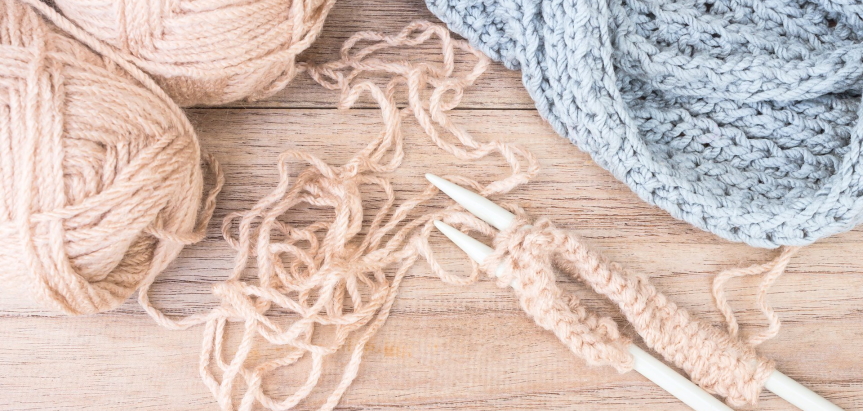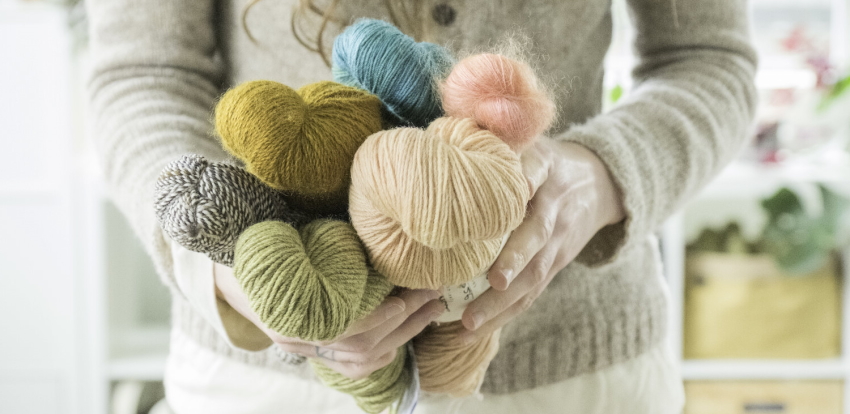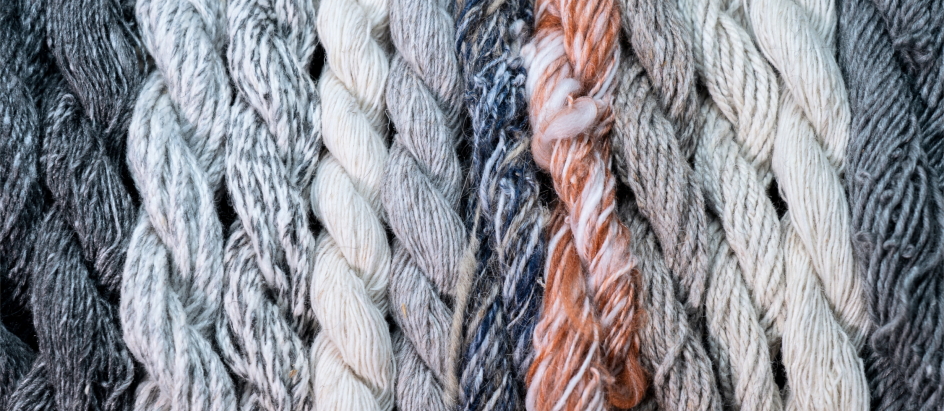
Guide to Knitting Yarn
Need a guide to knitting yarn? Well, there is a lot to know. Besides, choosing yarn for knitting projects is so much fun. Yarns are different in texture and quality. This is because of the origin they are made from. There are a plethora of yarns available, whether they come from flora or fauna. Each has a different texture and knit up differently. The yarn sparked project ideas and sparked a desire to knit something. Take some time to learn about the various forms of fibre.

Rules for Choosing the Right Yarn
- Nature of The Project: Some projects are huge or are very small. For instance, making a rug requires a thick yarn, but on the other hand, most fancy table covers require a thin cotton thread. So this is how the size of the project describes what kind of yarn should be used.
- Nature of Use: It is essential to determine what knitted yarn product will be used for. For instance, making baby items like booties or caps require very soft yarn because of their delicate and tender skin.
Different Types of Yarn
There are hundreds of types of yarns around to work with. Each having a unique thickness, softness, elasticity, and rigidness. Some of the most famous yarn types include:

- Wool: Wool yarn is ideal for making winter clothing. It’s extremely hot and lasts longer. In the craft world, this is a very common natural yarn fibre. Wool is easy to clean and keeping you cozy even when it rains.
- Cashmere: Cashmere is among the softest types of wool and yarn available. It is derived from Cashmere Goats and a variety of other goats. This is one of the gentlest and warm yarns on the list.
- Alpaca: Alpaca is a super-warm fibre that’s ideal for sweater knitting. An alpaca is a form of South American alpaca that produces natural wool. It’s smooth and almost velvety, but it doesn’t keep its form as well as fur.
- Organic Wool: Chemical-free wool is used to make organic wool. No synthetic ingredients were used in the production of this product, which was derived from sheep. Sinks, smothers, back padding, or medicines have not been used on the animals.
- Merino Wool: Severe knitting is very common with Merino Wool Yarn. Knitting big, bulky pieces It’s also derived from cattle, but from a particular breed known as Merino Sheep.

